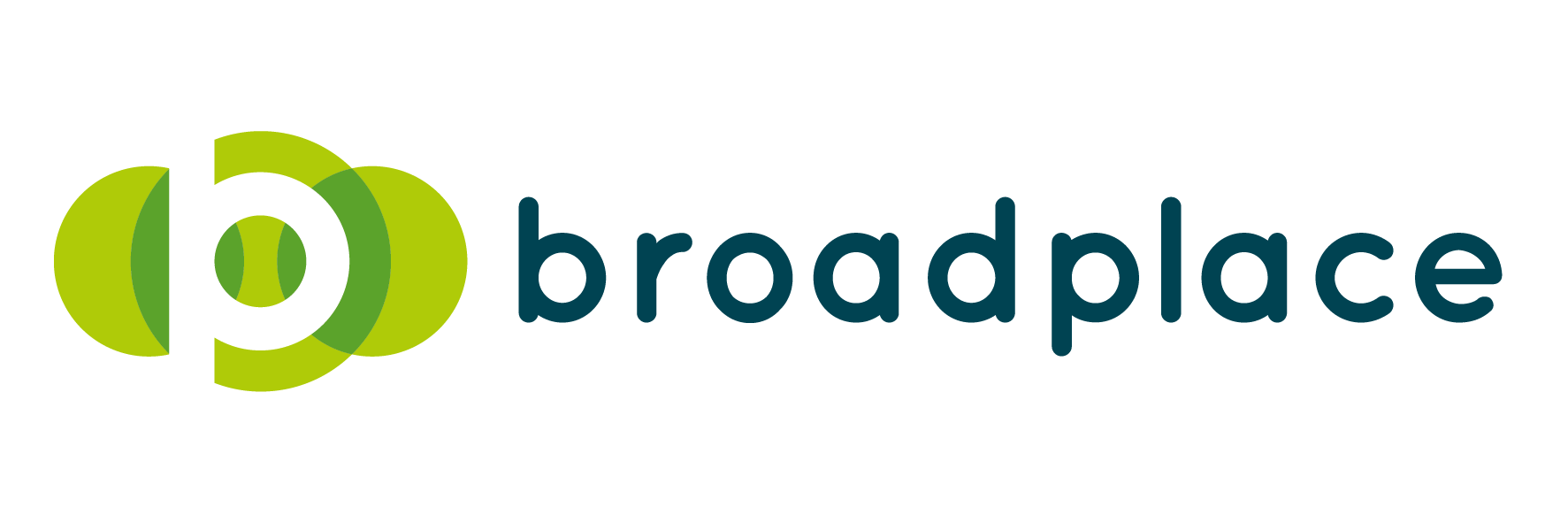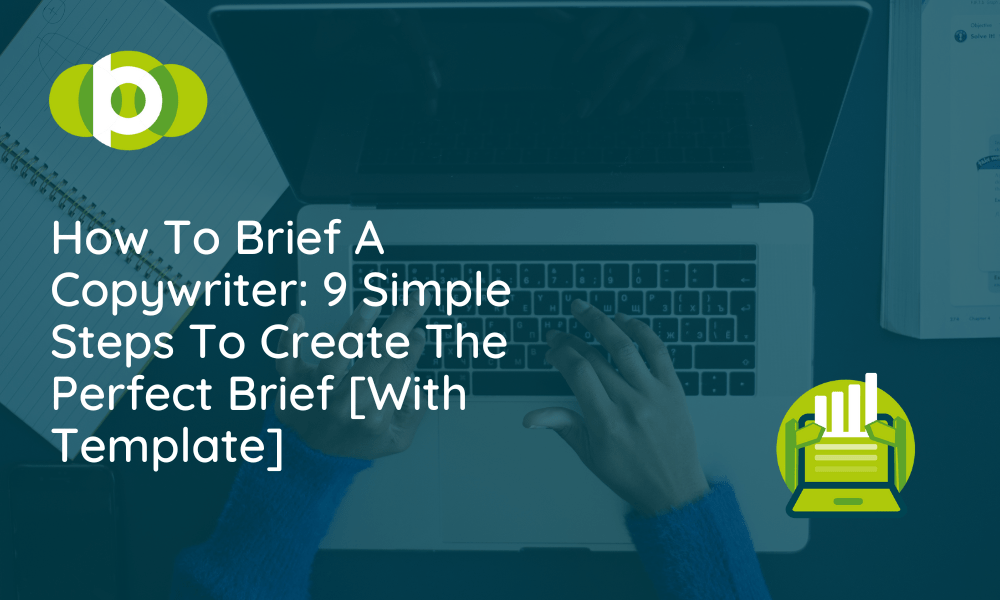There’s nothing more frustrating than hiring a copywriter and getting something back that you just don’t like.
Getting content back that isn’t on point and the quality that you’d expect is not only disheartening but also time-consuming. With every round of amends comes another rewrite and potentially more costs. It starts to get to the point where it would have been easier if you’d just done it yourself from the very beginning.
So how do you stop this from happening?
By making sure you properly brief the copywriter.
By creating a detailed and solid content brief for your copywriter, you can ensure there is no wiggle room and make sure they know exactly what they should be doing.
In this post, we’ve pulled together 9 simple steps that will show you:
- The benefits of briefing a copywriter
- 9 simple steps to brief them properly
- And give you a ready-made template to use
So dive right in and save yourself a whole load of time in amends by learning how to brief a copywriter.
The benefits of a good copywriting brief
There are several benefits to writing a great brief. The main ones are:
Saves time
Receiving a perfect post back from your copywriter the first time is a serious time saver for everyone. Your copywriter won’t have to spend extra hours making amends, and you can upload it to your site immediately.
Saves money
Many copywriters charge a rate by the hour, making continuous rounds of amends extremely costly. By reducing the number of amends, you need to make you’re saving time and money.
Means less back and forth
By creating a foolproof content brief, your copywriter has a reference point for anything they’re unsure about. That way, you can reduce any unnecessary back and forth for questions, and they can just crack on with writing it
9 simple steps to create the perfect brief
Step 1: Introduce the business
A copywriter needs to understand a business if they’re to have any chance of creating something decent.
Whether this is your own company or your client’s, you need to make sure the copywriter knows:
- What you do
- What you sell
- How you serve customers and clients
Step 2: Discuss the audience
For your copywriter to target the right people, they need to know exactly who they are.
For example, say you’re targeting students looking for recipes. Don’t be afraid to really go into detail about them. What age are they? Are they looking for cheap recipes? Do they want quick meals or longer, luxurious dishes?
To make sure that you include enough information about the audience think about things like:
- Age range
- Profession
- Why they’re reading this post
- Interests/hobbies
- What other types of sites they spend time on
This should help give the copywriter a starting point, to dive into a bit more audience research to tailor the content to them.
Step 3: Discuss the tone of the post
Tone of voice is so important when it comes to your content- and it is very personal to each individual business. Ensuring your copywriter nails your tone of voice is critical for brand continuity.
To make sure that they can nail the tone of voice, you’ll need to provide them with:
- Any brand guidelines around the tone of voice
- Links to posts already on the site that are similar
By doing this, you’ll arm the copywriter with everything they need and save a lot of time editing.
Step 4: Make the non-negotiables clear
One thing to make very clear to your copywriter is your brand or client’s non-negotiables. Non-negotiables are things like:
- Style guides that match the brand guidelines
- Any editorial rules you have
- Specific tone of voice rules
- Your specified logo variations
There may not be many, but securing these house rules will ensure you have a flawless copywriter experience.
Step 5: Target Keywords, Title & Overview
Once you’ve got all the top-level details out of the way, you need to start pulling together the bulk of the brief.
The starting point for pulling the brief together should be:
- Defining what keywords you want to target
- Deciding on the title for the post
- And giving an overview of what the post is about and trying to achieve
You should already know what keywords you want to target before you start briefing the copywriter (If you haven’t then you can read our post on how to do keyword research). So all you really need to do with this section is to make sure that you’re outlining them to the copywriter. When doing this it’s important to make sure you have a good variety of terms, so as a general rule try to pick a primary keyword (your main target) and supporting search terms around that.
Once you’ve outlined the keywords, it’s time to look at the title. With the title it’s important to make sure that you’re doing the basics right and that you’ve got:
- Your main target term in the title
- And it’s engaging
- It’s clear what the post is about
A good exercise for coming up with a great title is to write 5 titles for a post and then test them on a couple of colleagues. This will usually whittle down any rubbish ones.
Once you’ve nailed down the title, you then need to move on to the overview. The overview is basically a summary of what the post is about and what it is trying to achieve.
The overview doesn’t need to be a long paragraph, it just needs to get straight to the point of what the post is about and what the goal of it is.
Step 6: Give Competitor Examples
An important step that is often missed with briefs, is giving the writer an idea of what best in class looks like.
That’s where including links to competitor examples comes in.
It helps them to understand everything from the format and styling to the depth that they will need to go into on the topic.
Step 7: Add Resources
The goal of any brief is to make the copywriter’s life easier. And one of the most difficult parts of pulling together a post is researching the subject. So to make it a little less painful it’s a good idea to add in a section linking to resources or posts they can use for research.
Step 8: The Post Outline
The outline of the post is the part that can make or break a brief. You could do a great job with every other part of the brief, but if you get this part wrong, what you’ll get back will be rubbish.
Within the outline you should have all of the below things covered:
- Where each of your headings (H1, H2’s) are positioned.
- What your key headings are.
- What key areas should be discussed within the post.
- What are the main points that should be covered within each section.
- The goal of each section.
- Where your images should be placed (<IMG>).
- A word count estimate of each section.
- Any examples of competitors who cover the section well.
This is the most important step and gives your copywriter the information they need to deliver quality content.
Step 9: Finish with any contractual agreements
Before you start the relationship with the copywriter, you need to make sure you’re both clear on:
- The overall deadline
- How many rounds of amends
- The deadline for each round of amends
- Overall fees
- Potential further fees per round of amends
Template for the perfect copywriting brief
Now you’ve learnt the 9 simple steps to briefing a copywriter, the main question remains. How should I template my brief? We have compiled an easy-to-follow bullet-point checklist that will walk you through and create the perfect copywriting brief. Let’s break it down.
| Your Details |
Here you should include:
|
| Project Overview |
This is some of the most essential information. For a clear explanation of the project at hand you should include:
|
| Heading Structure |
Including the heading structure is important as it guides your copywriter in the right direction. You want the format of your post to be cohesive and in a sensible order so including exactly where you want your:
Will help your copywriter understand how you want your layout perfectly. |
| The Target Audience |
You want your copywriter to connect fully with your target audience. Make sure to include:
|
| Target Keywords |
| Make sure to include your target keywords so your copywriter is completely clear on where they need to be placed and targeted. These keywords allow search engines to understand the content on your webpage. If these aren’t relevant and optimised, you will struggle to rank within SERPs. |
| Competitor Inspiration |
| Including successful competitor inspiration is a great way to help your copywriter see your vision. Any other helpful online resources can be included here to show what you’re trying to achieve. |
| The Content |
This is arguably the most important part of the copywriting template. You should include:
|
| House Rules & Tone of Voice |
Let’s keep things super specific to your business or client. You should include:
|
| The Extras |
And that is everything down to a tee. Just include anything else that you think is necessary to mention. This could be:
|
If you want to use a readymade version of this template, make your own copy of a premade one here.
So that is it. You just learned how to brief a copywriter following Broadplace’s 9 simple steps and template. To discover more content-based tips look at our blog focused on analysing your competitor’s content strategy here.

